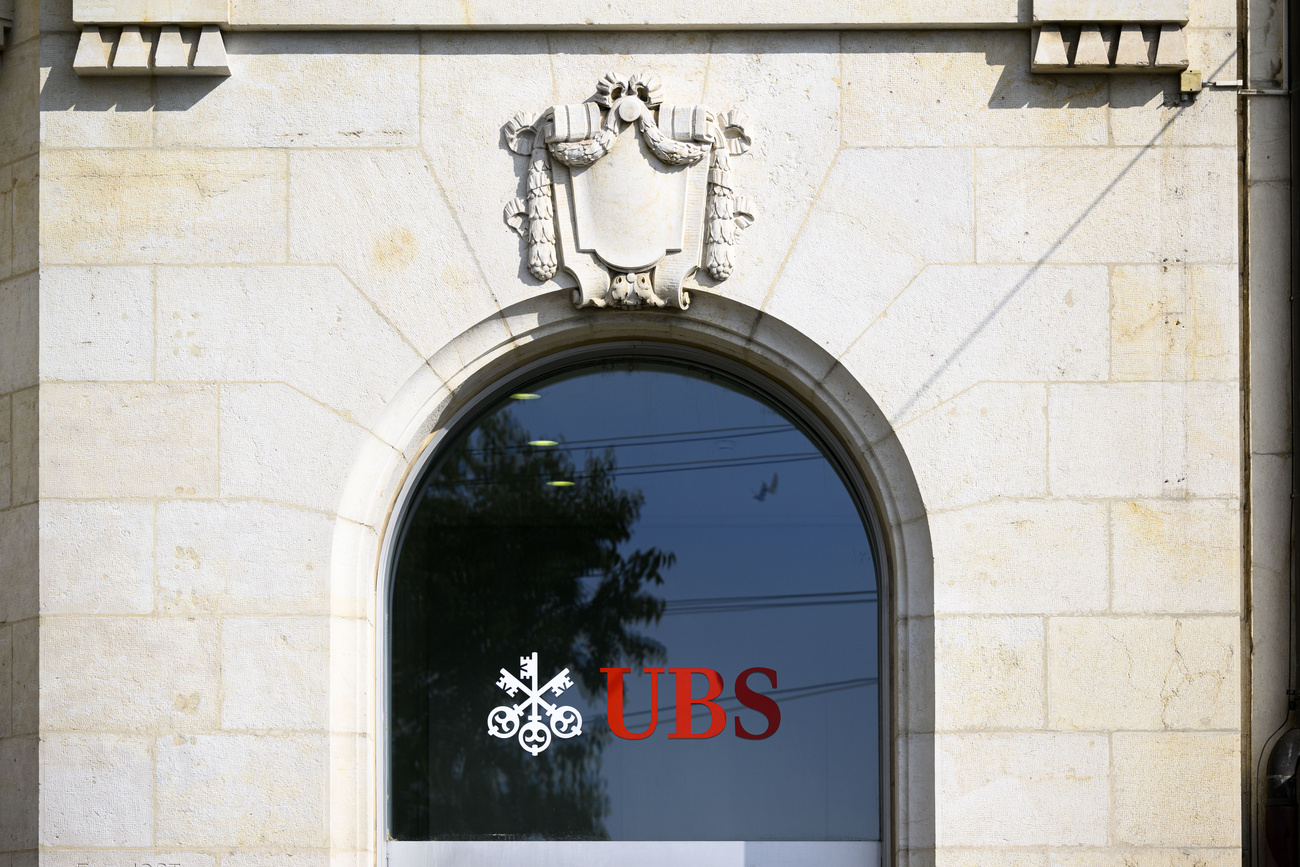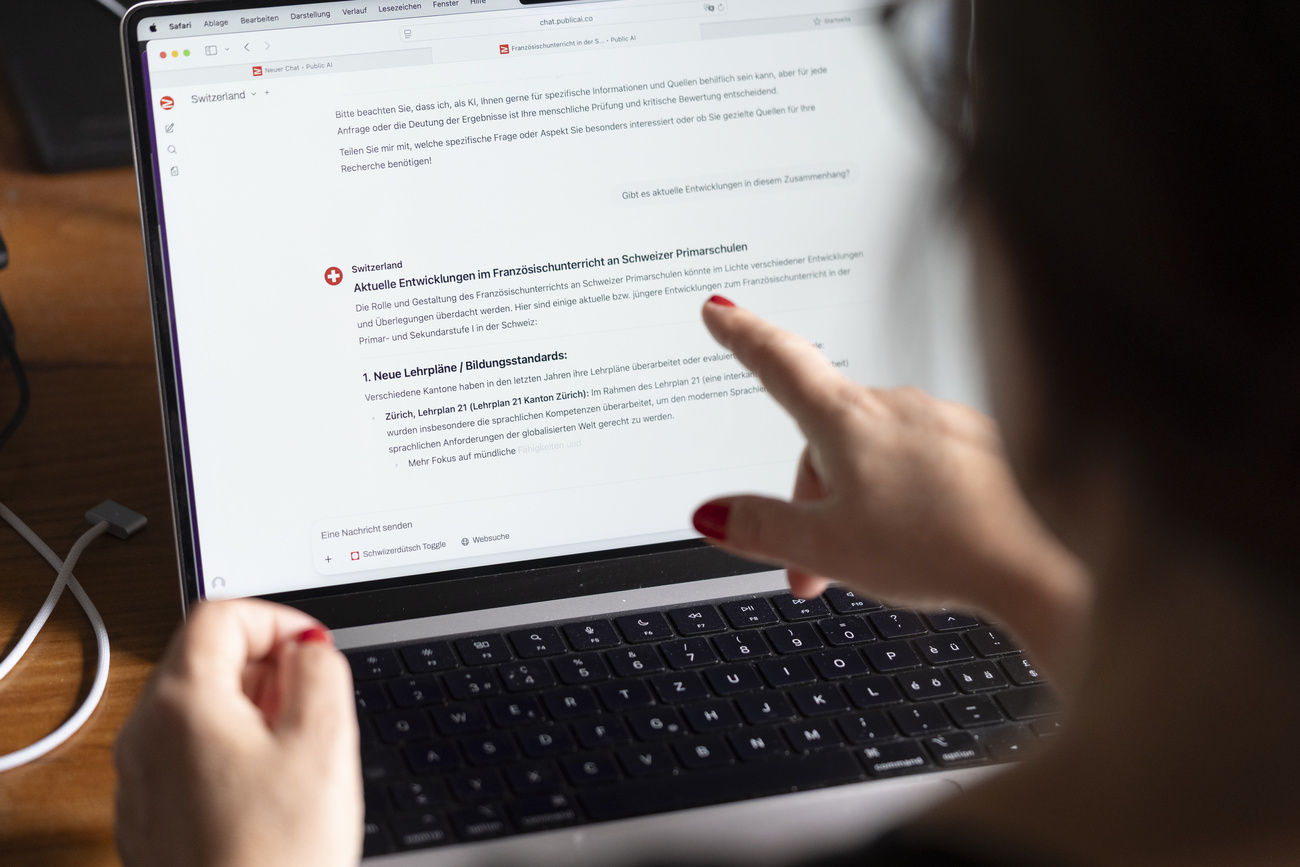
Stock Buyers Step In to Power Wall Street Rebound: Markets Wrap
(Bloomberg) — A renewed wave of dip buying powered a rebound in stocks on speculation equities have more room to run after a brief respite in the six-month rally from the edge of a bear market.
The insatiable appetite for stocks that’s already driven the S&P 500 up over 35% from its April lows sent the benchmark to fresh all-time highs, energizing investors betting the bull market is nowhere near its end.
Subscribe to the Stock Movers Podcast on Apple, Spotify and other Podcast Platforms.
Momentum-chasing traders kept piling into equities after a series of records fueled by factors such as corporate resilience and the restart of Federal Reserve rate cuts. Renewed enthusiasm around artificial intelligence has trumped recent calls around a bubble forming in the high-profile tech names that have led the rally.
“With price-to-earnings ratios for today’s tech giants still well below those of the tech firms at the peak of the dotcom bubble, we think the bull market remains intact,” said Mark Haefele at UBS Global Wealth Management.
The S&P 500 surpassed 6,750. The Nasdaq 100 climbed 1.2%. Nvidia Corp. led gains in megacaps as chief Jensen Huang told CNBC that demand for Blackwell chips is “really, really” high. Cisco Systems Inc. is escalating competition with Broadcom Inc. in connecting AI data centers. A gauge of small caps added 1%.
The yield on 10-year Treasuries was little changed at 4.13%. A $39 billion US debt sale saw demand falling slightly short of expectations. The dollar hit the highest since August. Gold topped $4,000.
With a slim economic calendar amid the US government shutdown, investors scoured the minutes of the latest Fed meeting. Officials showed a willingness to lower rates further this year, but many expressed caution driven by concerns over inflation.
At Wells Fargo Investment Institute, Luis Alvarado says the Fed is clearly not on a preset path and data-dependency is now more necessary than before, especially as officials attempt to calibrate between conflicting goals.
“We still expect two more quarter-point rate cuts by the end of this year, and two more next year,” he noted.
Jeff Roach at LPL Financial noted that tariffs were the most talked about topic during the latest Fed meeting.
“Futures markets may turn out to be more accurate than the FOMC’s collective projections, especially if inflation consistently declines in 2026. Investors should expect two more cuts this year but a pause at the January 2026 meeting,” he said.
At Evercore, Krishna Guha highlighted that “many” Fed officials noted the strong high-tech investment while “several” flagged the possibility that AI adoption could weaken labor demand. And that would be a sign that AI macro debates are starting to break into the Fed policy discussion.
“There was no alarm about stock prices, and while stocks have accelerated higher since the September meeting, we continue to see no sign that the Fed leadership is prepared to shift focus from balancing labor and inflation risks to managing risks of market excess,” Guha said.
Despite headline risks, markets have been strikingly calm as investors continue to wait for a catalyst amid a dearth of economic data, noted Mark Hackett at Nationwide. The S&P 500 hasn’t seen a move of at least 1% since August.
And an equity advance of the magnitude we’ve experienced in the past six months was seen in just five other instances since 1950, according to data compiled by Bloomberg.
When US stocks hit a record in September in the past, they proceeded to rally in the fourth quarter, gaining 4.8% on average during that time, according to the Stock Trader’s Almanac’s data going back to 1950.
Looking ahead, Sunday will mark the third year of the current bull market, with the S&P 500 almost doubling in the span.
“For much of this period, technical factors have led the rally, with demand from retail, institutional, foreign investors, and corporate management teams,” Hackett noted. “More recently, fundamental factors have added to the enthusiasm.”
Among those, he cited accelerating economic and earnings growth, along with anticipation of fiscal and monetary tailwinds.
The ebullience driven by AI has spurred recent calls for consolidation on concerns about the rally being excessive after a $16 trillion surge in the S&P 500 from its April lows. In fact, Wednesday’s bounce came in the aftermath of a mild pullback that halted a seven-day run for the benchmark.
“Those streaks didn’t even begin to illustrate how hot some sectors of the market have become, and you can’t fault investors for getting a little nervous,” said Bespoke Investment Group strategists. “In fact, it’s very encouraging. A little pain is good for the soul.”
To Peter Oppenheimer at Goldman Sachs Group Inc., it’s too early to be worried about a bubble in high-flying US technology stocks. The strategist said the rally has been accompanied by robust earnings growth. In past bubbles, the market was driven higher mainly by speculation.
Still, he reiterated his recommendation that investors seek diversification to avoid risks around a narrow US stock rally and higher competition in the AI space.
“Every little dip has been successfully ‘bought’ with both hands by investors for months now,” said Matt Maley at Miller Tabak. “It does indeed look like we’ll need further evidence that the colossal spending on AI is not going to produce any serious ROI for a long time before the stock market responds in a meaningfully negative way.”
While the market has experienced a significant rally, driven by AI and macro tailwinds, there are emerging signs of momentum divergence that require careful monitoring, according to Craig Johnson at Piper Sandler.
“Investors should stay long, but remain vigilant, particularly regarding overextended stocks and a government shutdown that seems no closer to resolution,” he said. “A brief period of consolidation or a mild pullback would be widely viewed as a buying opportunity.”
Bank of America Corp. clients were net sellers of US equities for the fourth-straight week, with outflows from both stocks and equity exchange-traded funds, according to strategist Jill Carey Hall.
‘Far Less Destruction’
Heavily concentrated markets are another lingering concern amongst market participants who draw parallels to the dotcom era, according to Jeff Buchbinder at LPL Financial.
He noted that the tech sector made up roughly 33% of the S&P 500 at the end of February 2000, which is just below the roughly 35% weight today. While market concentration is a “real risk,” valuations of top tech names seem more reasonable in comparison to the late-1990s, he noted.
“The odds of an AI bubble that bursts are not zero, but today’s AI cycle is better capitalized than the 1990s telecom buildout and appears more durable and profitable in comparison,” Buchbinder said. “AI is coming faster and probably will leave far less destruction in its wake.”
Corporate Highlights:
Elon Musk’s artificial intelligence startup xAI is raising more financing than initially planned, tapping backers including Nvidia Corp. to lift its ongoing funding round to $20 billion, according to people with knowledge of the matter. Cisco Systems Inc. is releasing a new chip and networking system meant to connect AI data centers across hundreds of miles, a move that escalates competition with Broadcom Inc. Alphabet Inc.’s Google wants to retain the right to bundle its popular mapping and video apps with its Gemini AI service, a lawyer for the company told a federal judge Wednesday, pushing back on a Justice Department proposal that would bar the practice. Paramount Skydance Corp. has discussed its interest in acquiring Warner Bros. Discovery Inc. with Apollo Global Management, according to people familiar with the matter. David AI Labs Inc. a startup selling audio data sets to help train artificial intelligence models, has raised $50 million from investors in a new round of funding — signaling a growing market for startups that provide the building blocks for AI development. An asset manager controlled by a unit of Jefferies Financial Group Inc. sank nearly a quarter of its $3 billion trade finance portfolio into receivables tied to auto parts supplier First Brands Group Inc., the bank disclosed on Wednesday. BlackRock Inc. has requested to pull some money it invested in a Jefferies Financial Group fund with large exposure to the trade debt of First Brands, according to people familiar with the matter. Ryanair Holdings Plc said it received 10 aircraft from Boeing Co. in the past 10 days, a sign of progress as the US planemaker works to ramp up production in its factories. The US Centers for Disease Control and Prevention will reschedule a late October meeting of an influential vaccine panel that’s been weighing changes to long-standing advice around childhood shots. Canada’s Cenovus Energy Inc. increased its takeover bid for rival MEG Energy Corp. one day before investors were due to vote on it, signaling the companies’ original deal didn’t have enough shareholder support. Shell Plc is preparing to resume preliminary work on a Venezuelan offshore gas field to supply neighboring Trinidad and Tobago, as its confidence grows that the Trump administration will issue a new license exempting the project from sanctions, according to people familiar with the matter. Airbus SE delivered 73 aircraft in September as it works to meet ambitious full-year guidance amid supply chain struggles. BMW AG lowered its financial guidance on weak sales in China and tariff costs, underscoring the difficulties Germany’s export-reliant auto industry is facing. Security services group Verisure Plc’s shares rallied in its first day of trading, after the initial public offering raised about €3.2 billion ($3.72 billion) in the largest European debut in three years. Teck Resources Ltd. once again cut output guidance for its flagship copper mine in Chile, little more than a month after agreeing one of the biggest ever mining deals with Anglo American Plc. SoftBank Group Corp. agreed to acquire ABB Ltd.’s industrial robots unit at an enterprise value of almost $5.4 billion, reflecting billionaire Masayoshi Son’s growing bets on emerging technology in artificial intelligence and robotics. What Bloomberg Strategists say…
“Some AI-related stocks may still justify lofty valuations as risks are concentrated in smaller companies with weak fundamentals.”
—Tatiana Darie, Macro Strategist, Markets Live. For the full analysis, click here.
Some of the main moves in markets:
Stocks
The S&P 500 rose 0.6% as of 4 p.m. New York time The Nasdaq 100 rose 1.2% The Dow Jones Industrial Average was little changed The MSCI World Index rose 0.5% Bloomberg Magnificent 7 Total Return Index rose 0.8% The Russell 2000 Index rose 1% Currencies
The Bloomberg Dollar Spot Index rose 0.1% The euro fell 0.2% to $1.1630 The British pound fell 0.2% to $1.3402 The Japanese yen fell 0.5% to 152.71 per dollar Cryptocurrencies
Bitcoin rose 1.1% to $123,375.03 Ether was little changed at $4,512.39 Bonds
The yield on 10-year Treasuries was little changed at 4.13% Germany’s 10-year yield declined three basis points to 2.68% Britain’s 10-year yield declined one basis point to 4.71% The yield on 2-year Treasuries advanced two basis points to 3.58% The yield on 30-year Treasuries was little changed at 4.72% Commodities
West Texas Intermediate crude rose 1.1% to $62.39 a barrel Spot gold rose 1.5% to $4,045.49 an ounce ©2025 Bloomberg L.P.


























